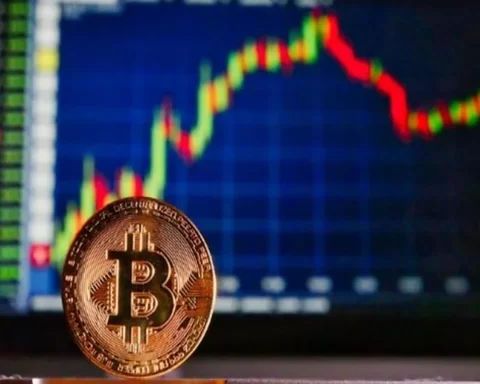Earlier this year, a novel concept known as Ordinals emerged, causing a stir in the Bitcoin community.
Ordinals introduced a distinctive marking on the smallest unit of Bitcoin, the Satoshi.
While some dismissed it as spam, others embraced it as a bridge for BRC-20 tokens and NFTs onto the Bitcoin platform. This innovation sparked a series of advancements.
Now, attention is shifting to “recursive inscriptions,” a complex but potentially powerful evolution.
Recursive inscriptions offer the promise of enabling more intricate functionalities on the Bitcoin blockchain, similar to Ethereum’s smart contracts.
Enthusiasts believe that recursive inscriptions could catalyze Ordinals’ progression from NFTs and digital artifacts to forming the foundation for a comprehensive decentralized finance (DeFi) ecosystem on Bitcoin.
There are also expectations that it could facilitate Bitcoin’s expansion into competing with decentralized storage provider IPFS, or even the creation of an interconnected on-chain supercomputer.
Stanford PhD Danny Yang, the creator of OCM Dimensions and a Bitcoin enthusiast since 2013, regards recursive inscriptions as the key to the next phase of Bitcoin’s evolution.
He envisions them enabling the emergence of valuable digital assets beyond just NFTs.
While these advancements remain speculative and early-stage, they are rejuvenating interest in Bitcoin.
Despite being a subject of criticism for not covering Bitcoin extensively, it’s now evident that meaningful developments are unfolding.
Danny Yang has been actively working on recursive inscriptions since February, demonstrating their potential through projects like OCM Dimensions and OCM Genesis.
READ MORE: UK Prime Minister Allocates £100 Million to Acquire Computer Chips for AI Advancement
These projects showcase the possibilities unlocked by recursive inscriptions, marking a significant turning point in people’s understanding of their significance.
Recursive inscriptions expand the horizons of Bitcoin applications by interlinking data through a chain of calls, much like smart contracts.
This functionality enables the hosting of complex data sets on the Bitcoin blockchain, such as video and audio files, which was previously unfeasible.
Furthermore, these inscriptions can be reused, drastically reducing storage costs.
This mechanism offers a multitude of possibilities, from hosting open-source libraries on-chain to enabling applications like on-chain AI, effectively building a community-driven public infrastructure.
Although still in its infancy, the potential impact of recursive inscriptions and smart contracts on Bitcoin is vast.
They could pave the way for a Bitcoin-native DeFi ecosystem and challenge data storage conventions through the blockchain’s decentralized nature.
This wave of innovations is transforming Bitcoin’s image and fostering a new era of development driven by creators and developers.
In conclusion, the emergence of Ordinals and subsequent recursive inscriptions is reinvigorating Bitcoin’s landscape.
These developments hold the potential to redefine Bitcoin’s role, from being a simple currency to a dynamic platform for diverse applications.
As the Bitcoin community begins to grasp their implications, a future filled with possibilities is emerging.
Other Stories:
Bitget Cryptocurrency Exchange Enhances KYC Procedures to Align with Global Regulations
Ordinal Inscriptions Maintain Dominance on Bitcoin Network Despite Price Dip
New DeSo Network Friend.tech Generates Over $1 Million in 24 Hours




